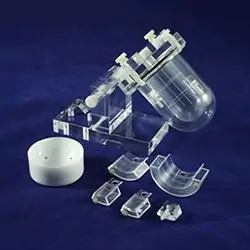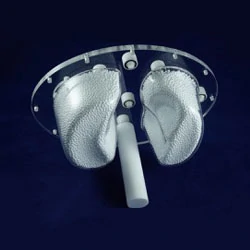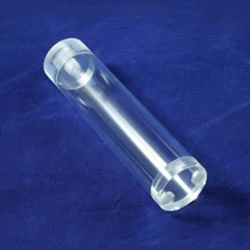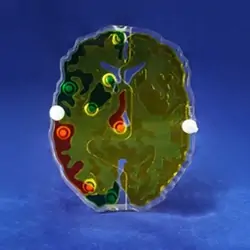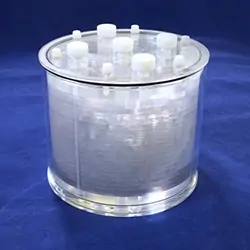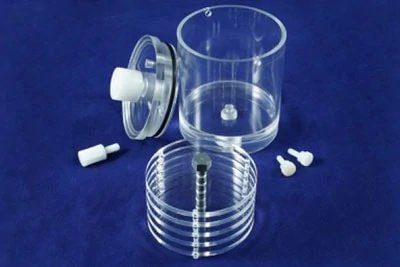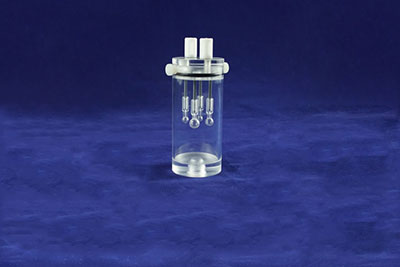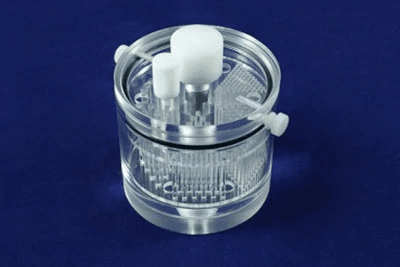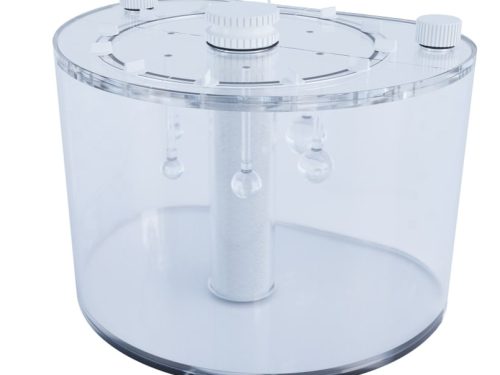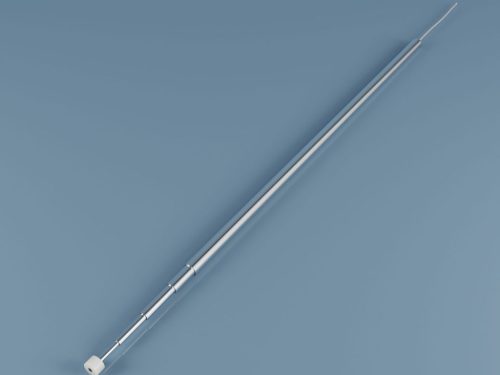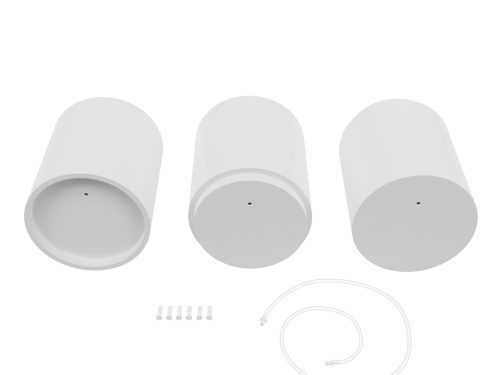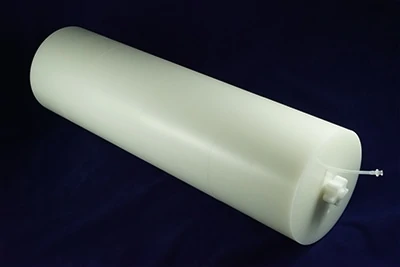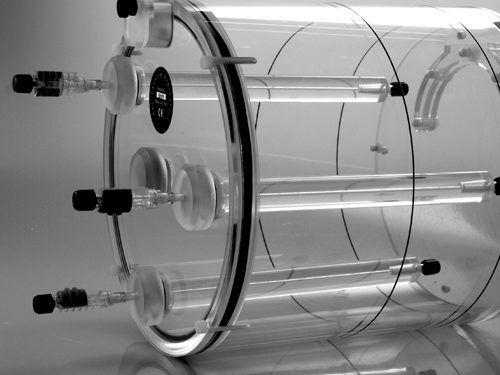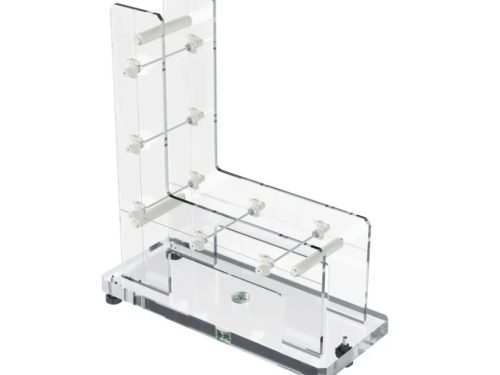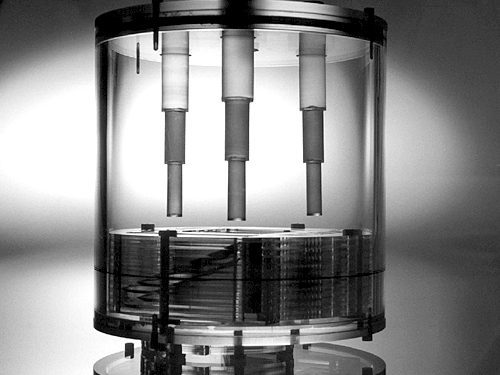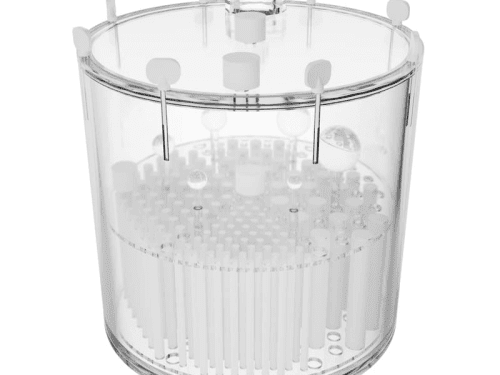-
 The Anthropomorphic Torso Phantom includes a large, body-shaped cylinder with lung, liver, and spine features. The lung inserts can be filled with polystyrene beads and water to simulate lung tissue density. The product simulates the upper torso of an average to large person and also depicts the anatomical structures and radioactivity distributions.
The Anthropomorphic Torso Phantom includes a large, body-shaped cylinder with lung, liver, and spine features. The lung inserts can be filled with polystyrene beads and water to simulate lung tissue density. The product simulates the upper torso of an average to large person and also depicts the anatomical structures and radioactivity distributions. -
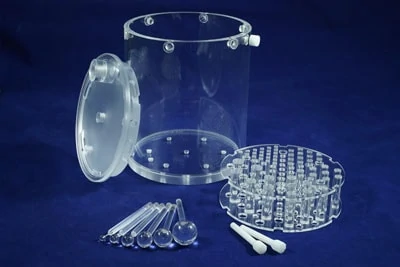 The phantom for NM and PET systems performance evaluation (collimator, artifacts, calibration, reconstruction parameters). It can be used to evaluate, for example: center-of-rotation error, non-uniformity artifacts, changes of radius-of-rotation on spatial resolution, reconstruction filters on spatial resolution, attenuation and scatter compensation.
The phantom for NM and PET systems performance evaluation (collimator, artifacts, calibration, reconstruction parameters). It can be used to evaluate, for example: center-of-rotation error, non-uniformity artifacts, changes of radius-of-rotation on spatial resolution, reconstruction filters on spatial resolution, attenuation and scatter compensation. -
 This module can be used as a standalone in air or in water if mounted in the Pro-NM Performance cylinder. It can be used to evaluate changes of radius-of rotation on spatial resolution, spatial resolution measurement in air and in water, quantitative evaluation of reconstruction filters and scatter compensation methods.
This module can be used as a standalone in air or in water if mounted in the Pro-NM Performance cylinder. It can be used to evaluate changes of radius-of rotation on spatial resolution, spatial resolution measurement in air and in water, quantitative evaluation of reconstruction filters and scatter compensation methods. -
 The phantom for NM systems performance evaluation: routine quality assurance tests, as well as extensive acceptance tests. It can be used to evaluate: pixel size, spatial linearity, RMS noise, signal to noise ratio (SNR), slice width, uniformity, spatial resolution, point spread function, slice position verification, slice incrementation, accuracy, center of rotation, verification, volume sensitivity and low contrast sensitivity.
The phantom for NM systems performance evaluation: routine quality assurance tests, as well as extensive acceptance tests. It can be used to evaluate: pixel size, spatial linearity, RMS noise, signal to noise ratio (SNR), slice width, uniformity, spatial resolution, point spread function, slice position verification, slice incrementation, accuracy, center of rotation, verification, volume sensitivity and low contrast sensitivity.


